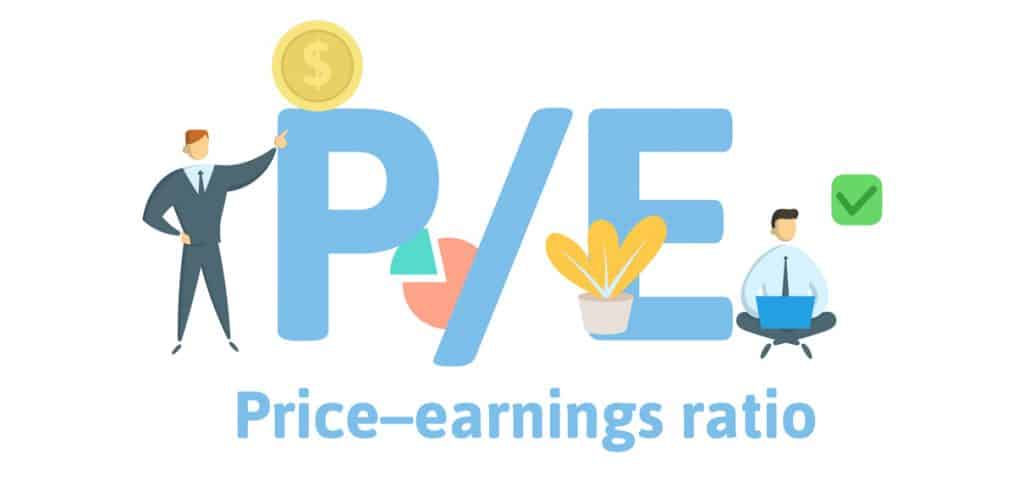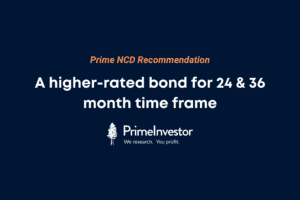- The Nifty PE is based on standalone, not consolidated earnings.
- Current PE is on many years of low earnings growth.
- Today’s Nifty has more quality stocks and less cyclical stocks.
- On a price to book basis, Nifty is valued lower than in 2000 or 2008.
The market is at a new high. Should I invest a lump-sum in equities today? To answer this question, savvy investors look, not at the absolute index level, but at the Nifty50’s PE ratio published by the exchange. Investors compare the Nifty’s latest PE ratio to its long-term average of 18 times, to gauge if the market is at fair value, below it or is super expensive.

Others prefer an equity-heavy portfolio if the Nifty PE ratio is below 18 and pare equity exposures to move to a debt-heavy portfolio if it is above 26.
These levels are based on history. In the previous two bull markets that ended in 2008 and 2000, the Nifty launched into a steep correction after it hit a PE of 28 times.
But investors who have been faithfully following these methods have been a frustrated lot in the last three years. The Nifty PE, after crossing the 26 mark in August-2017 has gone on to get more and more expensive at 28.6 times today, with no signs of a significant correction.
Use this nifty 50 heat map to get a snapshot of the markets for the last 20 years.
So why has the formula failed? Should you move to a minimal equity allocation today?
But before making such drastic decisions based on this lone indicator, it is important to dig deeper into the Nifty50’s published PE.
It’s a standalone number
In recent years, analysts in India have taken to evaluating listed companies for investment based on their consolidated rather than standalone numbers. This is because, in the last ten years, many Indian companies have made large overseas acquisitions that now make a substantial contribution to their operations and profits. Financial services firms, which make up a significant proportion of the index, house their promising new businesses in subsidiaries too.
But the Nifty50’s published price-earnings ratio continues to be based on the standalone earnings of its constituents rather than consolidated earnings. This didn’t matter in earlier bull markets, because consolidated earnings for leading firms weren’t very different from standalone earnings. But it matters today, when the consolidated earnings are quite different from standalone earnings.
Presently, the consolidated earnings of the Nifty firms are about 5 per cent higher than the standalone earnings. If we were to recalculate the Nifty50 PE ratio based on consolidated earnings, it shows that the PE ratio hovered below 26 during the market highs of the last two years and climbed above this mark only recently in November 2019. In effect, the Nifty50 has approached the super-expensive zone only in November 2019. This suggests that investors need to be more cautious about valuations today than they were three years ago.
Composition influences PE
Stock market analysts know that when it comes to valuing companies, all sectors are not born equal. Markets assign premium valuations to sectors seen to have predictable earnings prospects and high shareholder returns such as FMCGs, IT and retail banks. Sectors with cyclical fortunes such as oil and gas, metals and mining and commodities usually trade at low PEs, even in good times. Now, thanks to active index management, the Nifty50’s sectoral composition tends to change quite drastically over time. This makes PE comparisons over time tricky.
In January 2008, the peak of the previous bull market, when the Nifty PE was at 28 times, cyclical and economy-sensitive stocks were the main weights in the index. Then, oil and gas stocks accounted for 25 per cent of the Nifty, metals and mining stocks were at 8 per cent and cement/construction/capital goods made up 14 per cent. FMCGs, pharma and IT together accounted for less than a 15 per cent weight.
Today though, the highest weights in the Nifty50 are occupied by financial services (41 per cent), IT (12 per cent) and FMCGs (12 per cent), which have historically traded at a valuation premium. Cyclicals such as oil and gas (15 per cent), metals (3 per cent) and cement and construction (5 percent), with historically low PEs, make up a lower weight.
Therefore, the Nifty50 PE today has good reason to trade above its long-term average of 18. While a PE of over 26 is expensive no doubt, any nifty correction is unlikely to be to be as steep as in 2008, when it was cyclical stocks that traded at high PEs.
While interpreting the Nifty PE ratio today, keeping this low base in mind is important. The denominator in the Nifty PE (Earnings) has a greater chance of rebounding from current levels than it did in 2008. If earnings rebound, the market’s expensive valuation can correct without the Nifty50 having to nosedive like in 2008.
Its off a low base
When assessing a stock for investment, we don’t look at its PE in isolation but also at trends in earnings in recent years, to see if the valuation is off a low base or a high one. For a company that is just turning around from losses to profits, for instance, a high PE may be irrelevant.
The same logic applies to the index too. The PE for the Nifty50 needs to be interpreted based on whether the companies in it are coming off a period of high or low earnings growth. When the Indian market peaked out at a Nifty50 PE of over 28 times in January 2008 – the turning point of the previous bull market – Nifty companies had managed an earnings growth of 21 per cent in the preceding five years. However, in the last five years, the earnings growth of Nifty companies has been lacklustre, at barely 2 per cent a year.
If you’re a pessimist, you can cite this as evidence that the bull market in the last five years has little basis in fundamentals. But if you’re an optimist, you can also believe that with mean reversion, the earnings are likely to rebound at some time.
While interpreting the Nifty PE ratio today, keeping this low base in mind is important. The denominator in the Nifty PE (Earnings) has a greater chance of rebounding from current levels than it did in 2008. If earnings rebound, the market’s expensive valuation can correct without the Nifty50 having to nosedive like in 2008.
A blended approach
All the above factors go to show that relying on the Nifty50 PE as your sole indicator to make buy/sell decisions or allocation decisions can trip you up.
This is why mutual funds that have been successful with dynamic asset allocation models have lately included other indicators such as the broader market PE (Nifty500) and the Nifty Price-to-Book Value in their models.

For individual investors, the Nifty Price to Book Value ratio is a good indicator for three reasons. One, a company’s book value is less sensitive to window-dressing than reported earnings. Two, the book value of a business (which is its net worth) doesn’t swing up and down as much as earnings during economic or commodity cycles. This makes it less vulnerable to the base effect. In fact, during an economic downturn, the book value may better reflect the earnings potential of the business as its assets may be under-utilised. Three, Price-to-Book Value can be more easily applied across sectors than thePE. In fact, the Price-to-Book ratio is a better measure than PE to value banks and financial firms, which today make up a big weight in the index.
If you re-assess history based on this indicator, the Nifty’s official Price-to-Book value ratio has averaged about 3 times in the last ten years. It had soared to over 5 times in February 2000, when the dotcom crash began. In January 2008, it had hit 6.5 times when the meltdown flagged off. Today, the Nifty’s published Price-to-Book Value is at 3.8 times. This suggests that the equity market is perhaps trading about 25-30 per cent above historical valuations. This calls for a balanced allocation between equities and debt, but not for a debt-heavy portfolio.
Editor’s note: At PrimeInvestor, our strategies and views take into account various metrics that will evolve with changing markets and times. As a PrimeInvestor subscriber you will have access to asset allocation calls (equity-debt calls), category allocation calls (large-cap or mid-cap and so on) and interest rate calls (with debt). These will help you make sure you do not give in to market/media noise and keep your portfolio simple and sensible.





4 thoughts on “What they don’t tell you about the Nifty PE”
Dividend yield? Now less than 1%(.95%).
At this p/e ratio (33)& price to book(4.25) market at index level is fully price though not in bubble.
Why should long term investor allocate more money to equity?
Hi, thanks for this brilliant article! So what’s the asset allocation suggestion from PrimeInvestor in today’s times?
We are working on the model and it will be part of the product shortly
It’s interesting to read this Dec article now !! History repeats with corrections….now interesting to see what happens now in Sept when PE has reached high
Comments are closed.